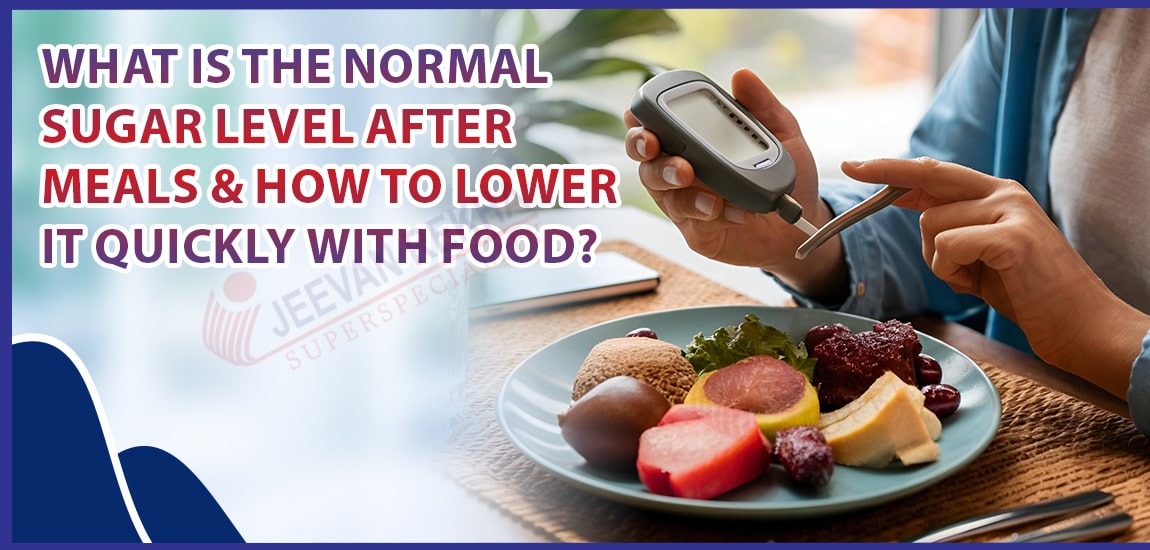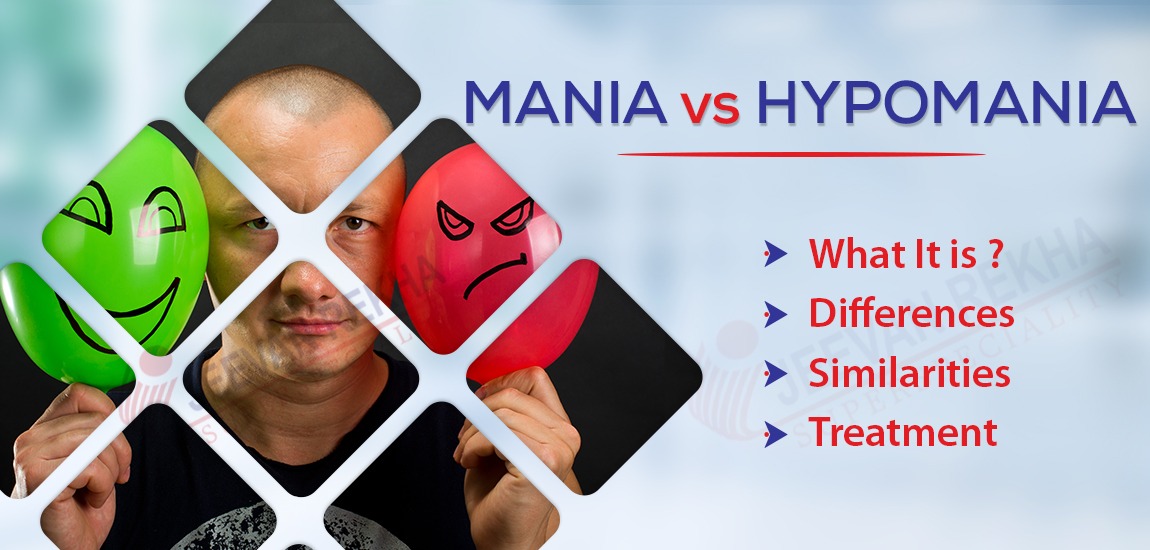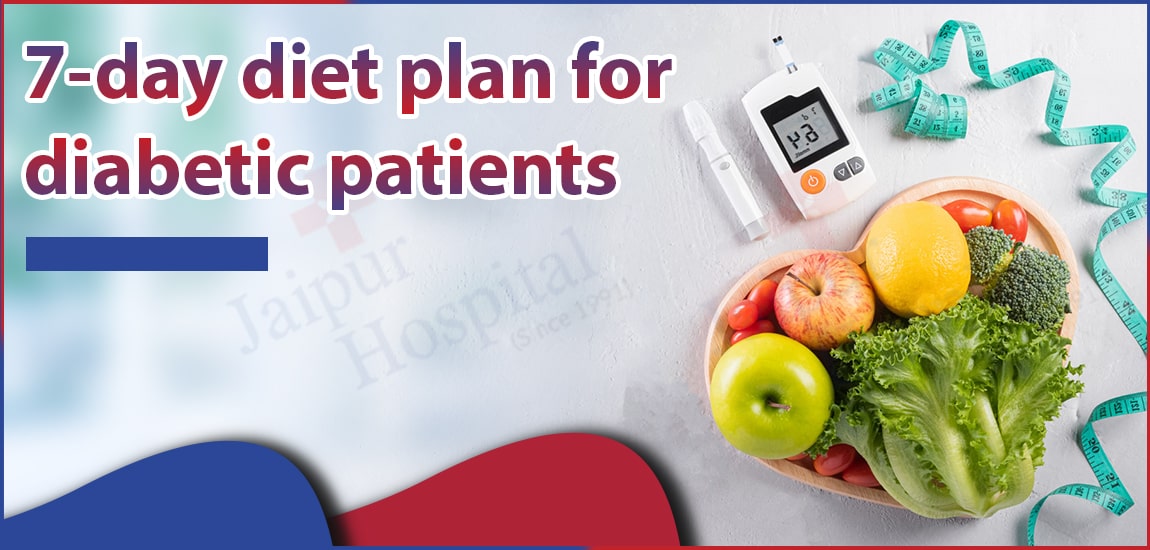
- By Admin
- In Health and Tips,
- Posted May 09, 2025
What Is the Normal Sugar Level After Meals & How to Lower It Quickly with Food?
Blood sugar levels usually rise and peak from 1 to 2 hours post meal and should be below 140 mg/dL (7.8 mmol/L) in persons without diabetes, and below 180 mg/dL (10.0 mmol/L) in persons with diabetes. In fact, blood glucose levels usually go up when blood glucose is transmitted into the bloodstream after digestion and absorption of food, especially a carbohydrate-rich meal.
To counter the effects of rapidly elevated blood glucose, a few foods can be consumed to slow down the absorption of glucose or enhance insulin response. These include high-fiber vegetables such as leafy greens, legumes and nuts for proteins, and healthy fats from sources like avocados and chia seeds.
Staying well hydrated and adding natural stabilizers like cinnamon and diluted apple cider vinegar can also be a plus. Plus, by fitting in some brief walking after eating, one can take another step toward combating those high post-meal spikes. Timely postprandial blood sugar control via smart food choices is imperative for reducing the complications of diabetes and is given full credit in metabolic maintenance.
What Is a Normal Sugar Level After Food?
Blood glucose levels after eating are also called postprandial glucose levels, and they may vary depending on whether a person is diagnosed with diabetes or not. In individuals free from diabetes, there should be an increase in the blood sugar in the bloodstream after a meal.
However, after about an hour or two, it should remain under 140 mg/dl (7.8 mmol/L). Being diabetic, however, the American Diabetes Association recommends that the blood glucose or sugar levels be appropriate under 180 mg/dL (10.0 mmol/L) at such time after eating.
Glucose levels peak around one hour after consumption of food and drop slowly to levels found prior to having a meal in two to three hours. Keeping the post-meal glucose levels under check goes a long way in preventing long-term complications, especially for diabetic patients.
Why Post-Meal Blood Sugar Levels Matter?
Post-lunch blood sugar levels are important because they reveal valuable information about how the body manages food, especially carbohydrates, and the effectiveness of insulin. After the consumption of food, particularly carbohydrate-rich ones, the rise in blood glucose is a natural occurrence.
The body responds swiftly by releasing insulin in order to return blood sugar levels to normal in healthy individuals. This response is muted in people suffering from diabetes or insulin resistance; hence, raised blood sugar levels remain for longer periods.
Over time, especially with repeated post-meal rises, blood sugar levels create havoc on blood vessels and nerves, becoming a thin carpet for the tattooed grey carpet of the patient's troubled future-i.e., serious complications in the form of heart problems, kidney problems, problems with eyesight, and loss of sensation.
Monitoring post-meal blood sugar helps in fine-tuning diet, medication, and lifestyle choices, allowing for better overall blood sugar control and reducing the risk of long-term health issues.
Why Does Blood Sugar Rise After Eating?
Blood sugar levels increase after a meal due to the fact that the food you eat—particularly carbohydrates—is digested into glucose and this enters the blood. Carbohydrates are the major source of this glucose, although proteins and fats can also contribute, but less so. Your digestive system breaks down the carbohydrates into molecules of sugar upon eating, which pass into the bloodstream.
As a result, the pancreas secretes insulin, a hormone that facilitates the transport of glucose from the blood into the body's cells for use or storage. This is a normal and essential process. But when the body is not making sufficient insulin or the cells resist insulin—as in diabetes—the glucose lingers in the bloodstream longer, causing higher levels of blood sugar after eating.
You Can Read Also: Understanding Nursing care plan for Asthma ( NCP for Asthma )
Symptoms of High Sugar Levels After Eating
High blood sugar levels after a meal—or postprandial hyperglycemia—are common, and they have various signs in individuals. The typical indications of these signs are:
- Drowsiness or tiredness
- More thirst than usual
- Urgent urination
- Impaired vision
- Headache
- Concentration problem
- Dryness in the mouth
- Fullness or stomach ache
- Mood swing or irritability
These symptoms occur because excess glucose in the blood cannot efficiently enter the body’s cells for energy, leading to an energy deficit and fluid imbalance. Frequent post-meal spikes may indicate prediabetes or diabetes and warrant medical evaluation.
You Can Read ALso: Ear Infections (Otitis Media): Top Triggers & How to Avoid Them?
What Foods Lower Blood Sugar Immediately?
Although no food will immediately reduce blood sugar levels like insulin or medication, some foods can stabilize or lower blood sugar levels sooner by slowing down glucose absorption or enhancing insulin sensitivity. Here are some good choices:
Foods That Lower Blood Sugar:
- Leafy greens (such as spinach, kale) – They contain low carbs and plenty of fiber and magnesium, which enhance insulin function.
- Cinnamon – May enhance insulin sensitivity and delay carbohydrate digestion; mix with tea or food.
- Apple cider vinegar – May lower glucose spikes after meals when consumed before a meal (1–2 tablespoons in water).
- Nuts (almonds, walnuts) – Rich in healthy fats and protein; assist in delaying digestion and glucose release.
- Chia seeds or flaxseeds – High in fiber and omega-3s, which delay carbohydrate absorption.
- Avocados – Low in carbs, high in fiber and healthy fats; enhance satiety and regulate blood sugar.
- Berries (in moderation) – Lower glycemic index than most fruits and high in antioxidants and fiber.
- Whole grains (e.g., oats, quinoa) – Supply slow-releasing carbohydrates, preventing sugar spikes.
- Legumes (lentils, chickpeas) – Fiber- and protein-rich, which slow down digestion and glucose absorption.
- Water – Drinking plenty of water helps kidneys filter out excess glucose.
Conclusion
Keeping blood sugar under control after eating is essential for overall health, particularly in people at risk for or with diabetes. Knowing why blood sugar goes up after meals, being able to recognize high blood sugar symptoms, and having good food choices can make a big difference in glucose control and the avoidance of long-term consequences.
At Jeevan Rekha Hospital, we believe in empowering our patients to take charge of their lives and their blood sugar through proper knowledge and care. Through guidance from experts, customized treatment, and lifestyle management assistance, we assist you in managing your blood sugar and your overall health.
Tags
Blog Search
Latest Posts
-
Best Diet Plan for Menopause Weight Management
November 25, 2025 -
Pulmonary Fibrosis Treatment: Understanding Lung Scarring and Breathing Problems
November 21, 2025 -
Arrhythmia: Types, Causes, Symptoms, and Treatment
November 07, 2025 -
Silent Heart Attack: Causes, Symptoms and Treatment
October 24, 2025 -
Pacemaker Surgery: Procedure, Benefits & Recovery
October 10, 2025




